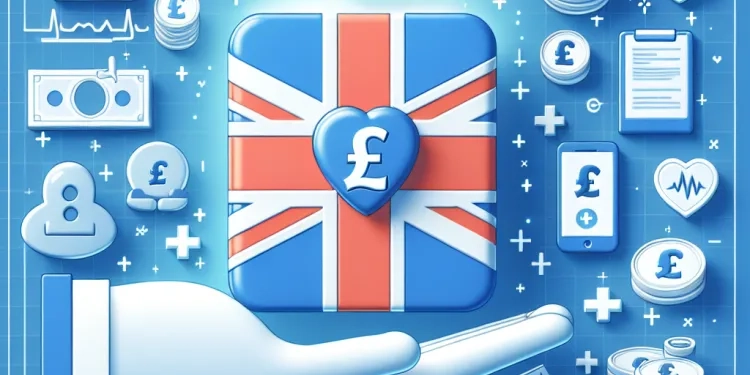
Find Help
More Items From Ergsy search
-
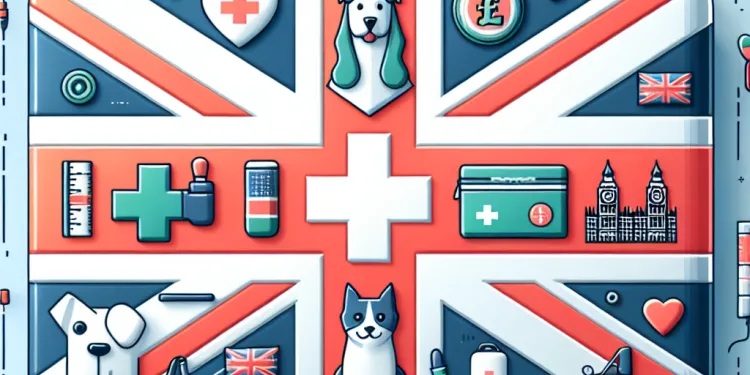
Are there first aid courses for pets?
Relevance: 100%
-

Do first aid certifications expire?
Relevance: 100%
-

Where can I learn First Aid?
Relevance: 96%
-
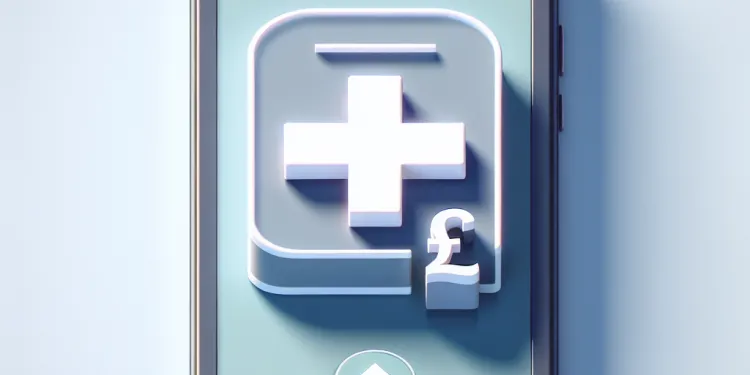
Are there mobile apps that teach first aid?
Relevance: 96%
-
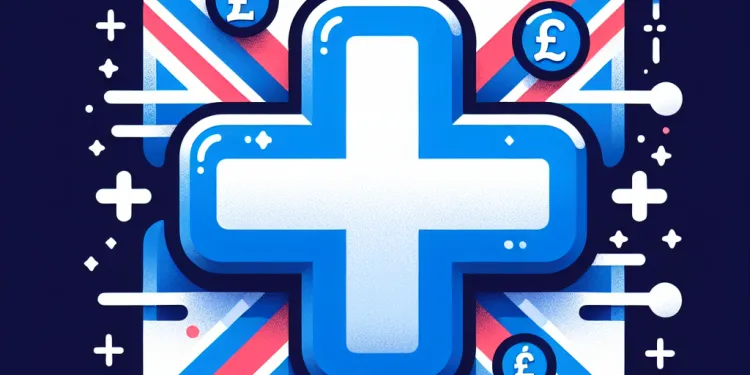
Are there free resources for learning first aid?
Relevance: 96%
-
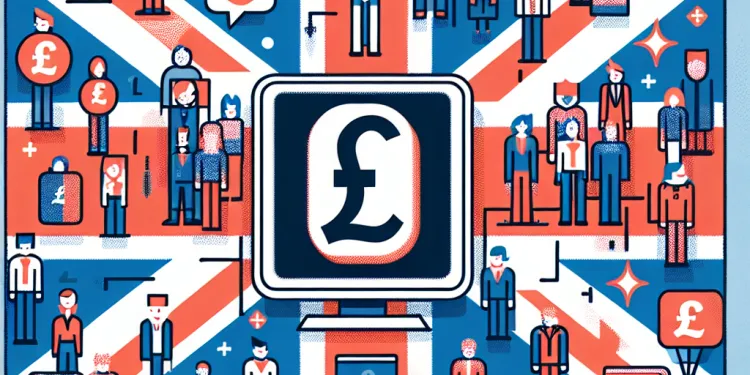
Can I learn first aid as a group?
Relevance: 95%
-
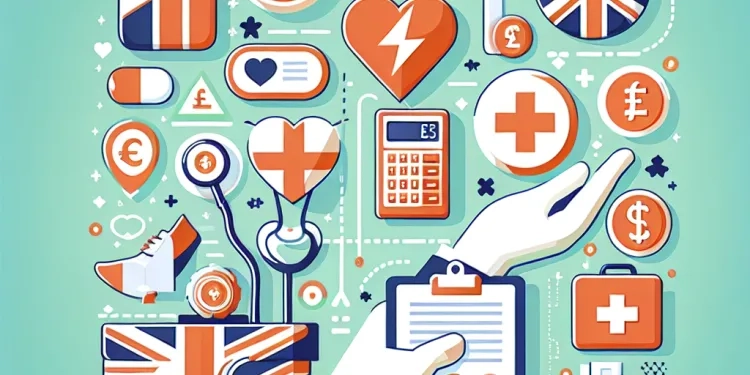
What is the best first aid certification to obtain?
Relevance: 92%
-

Where can I learn first aid online?
Relevance: 92%
-

Can I take first aid courses in person?
Relevance: 91%
-

What topics are covered in a first aid course?
Relevance: 90%
-

Do I need to bring anything to a first aid course?
Relevance: 88%
-
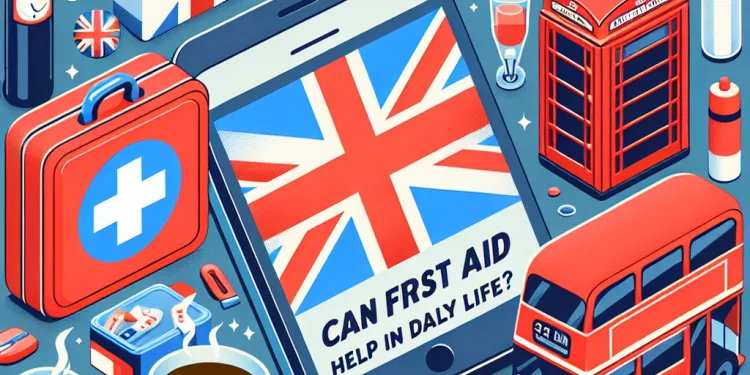
Can first aid skills help in daily life?
Relevance: 88%
-

How can I practice first aid skills effectively?
Relevance: 88%
-

What age is appropriate to start learning first aid?
Relevance: 87%
-
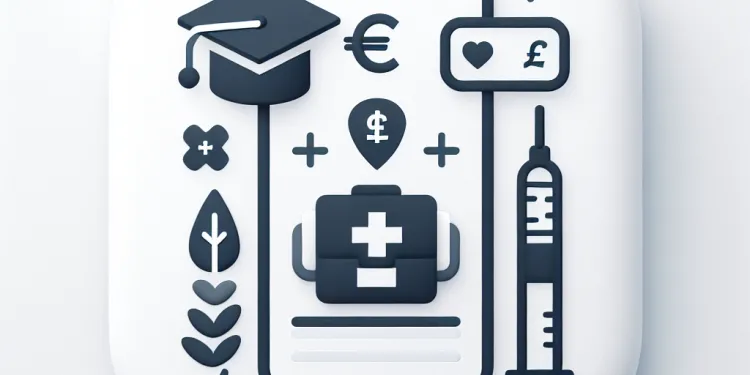
Can first aid courses be applied for college credit?
Relevance: 87%
-

How important is it to learn CPR along with first aid?
Relevance: 85%
-
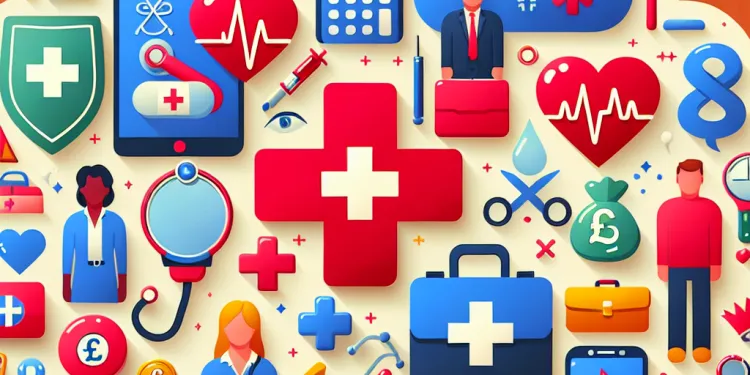
Are there specific first aid courses for different professions?
Relevance: 69%
-

What language options are available for first aid courses?
Relevance: 65%
-
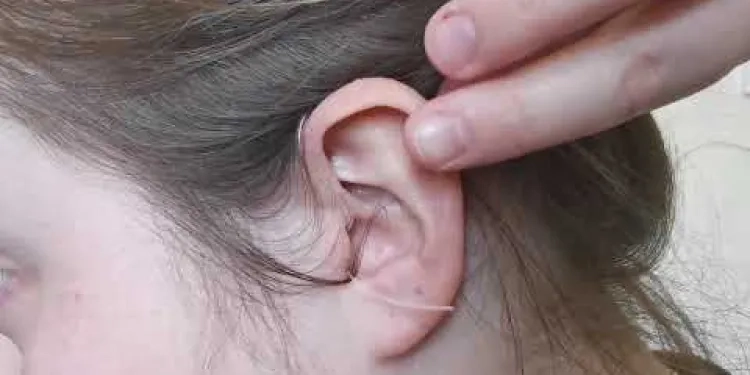
How to insert your hearing aid
Relevance: 59%
-

What is AIDS?
Relevance: 58%
-
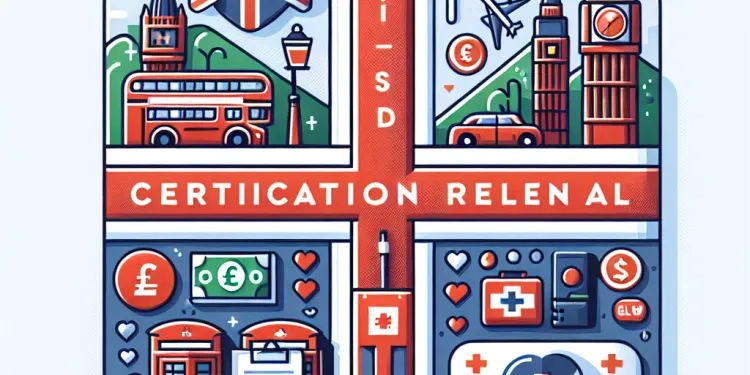
Is it important to renew my first aid certification?
Relevance: 58%
-

Are there online simulations for practicing first aid?
Relevance: 58%
-

What first aid measures can be taken in case of methanol exposure?
Relevance: 55%
-
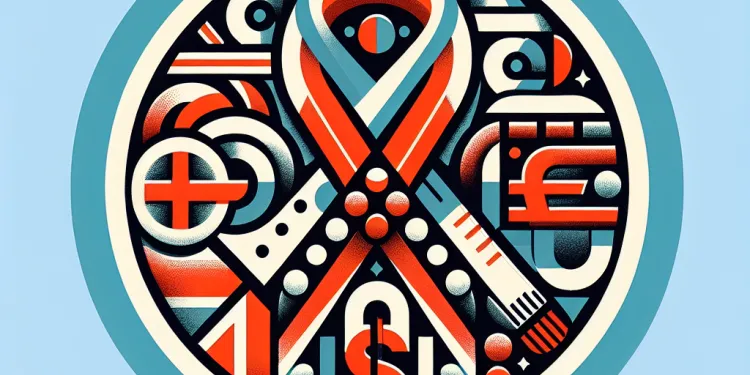
What is HIV / AIDS?
Relevance: 52%
-
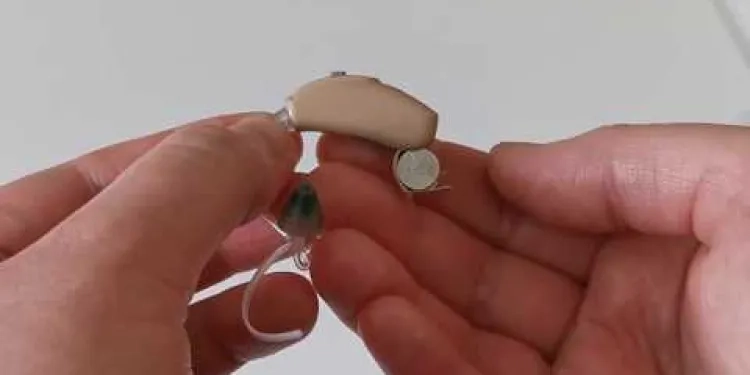
How to turn your hearing aids on and off
Relevance: 52%
-

Showing you around your hearing aid
Relevance: 51%
-
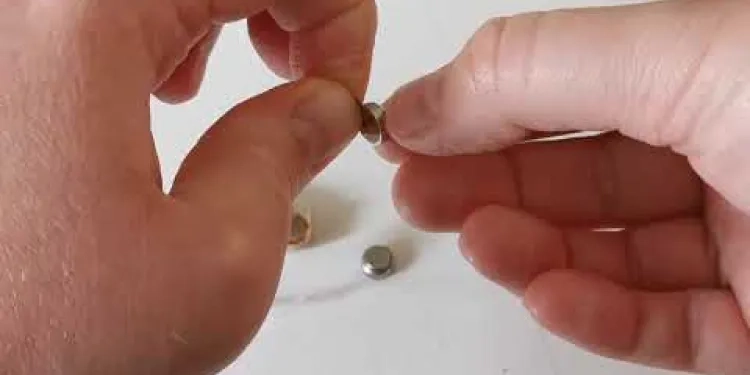
How to change your hearing aid battery
Relevance: 51%
-
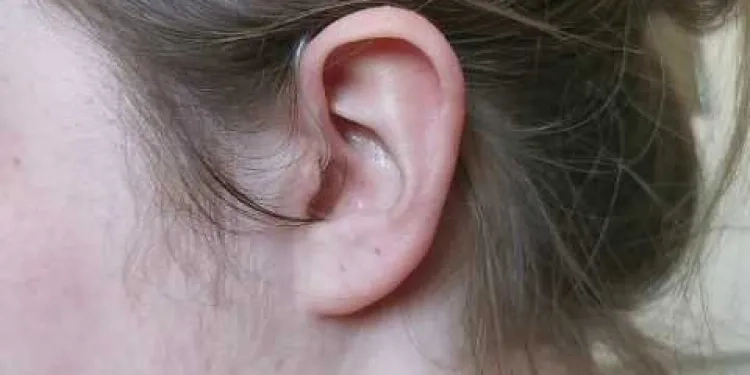
How to remove your hearing aid
Relevance: 50%
-
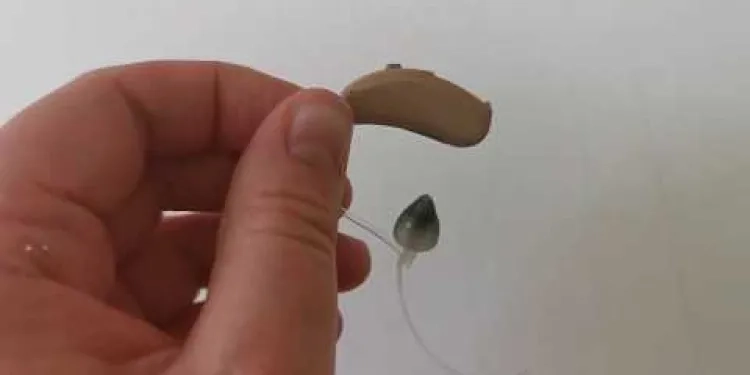
How to clean your hearing aid
Relevance: 50%
-

What is the difference between HIV and AIDS?
Relevance: 50%
-

Are there financial aids available for further education?
Relevance: 50%
-

Where was Nipah Virus first identified?
Relevance: 45%
-

How does the payment affect students' financial aid packages?
Relevance: 45%
-

Legal Aid Cuts: Campaigners Warn of Access to Justice Crisis
Relevance: 44%
-

What to expect on the first day in a British prison.
Relevance: 44%
-

Can I have visitors on the first day?
Relevance: 43%
-

Where was the Marburg virus first discovered?
Relevance: 41%
-
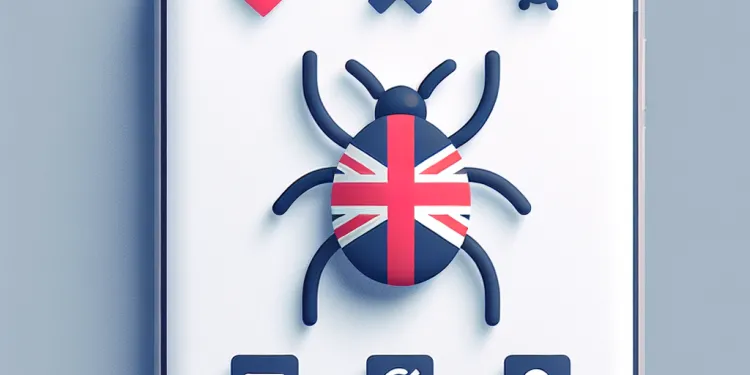
What is the first sign of Lyme disease?
Relevance: 41%
-

How long does it take to receive the first Universal Credit payment?
Relevance: 41%
-

What is the first thing that happens on arrival?
Relevance: 40%
Introduction to First Aid
First aid courses equip individuals with essential skills to respond effectively to various emergencies. Understanding the fundamental concepts of first aid can significantly impact the outcome of accidents or health emergencies. In the UK, first aid courses cover a range of topics to prepare individuals to handle different situations safely and confidently.
Basic Life Support
One of the core components of any first aid course is Basic Life Support (BLS). This section covers the crucial steps needed to support someone's breathing and circulation before professional medical help arrives. Participants learn how to conduct Cardiopulmonary Resuscitation (CPR) on adults, children, and infants, as well as the recovery position. First aid courses teach how to recognize the signs of cardiac arrest and the importance of acting quickly and efficiently.
Dealing with Bleeding and Wounds
Managing bleeding and wounds is another significant aspect of first aid training. Course participants are taught how to assess and treat different types of wounds, from minor cuts to major bleeds. The course covers techniques for applying pressure to control bleeding, cleaning wounds to prevent infection, and when it is necessary to seek further medical attention. Bandaging techniques and how to handle embedded objects in wounds are also key parts of this section.
Recognizing and Responding to Medical Conditions
First aid courses also educate individuals on recognizing signs and symptoms of various medical conditions. This includes identifying strokes, heart attacks, and seizures. Understanding these conditions allows for timely and appropriate response, which can be crucial in potentially life-threatening situations. Participants learn how to support someone experiencing a diabetic emergency or an asthma attack, ensuring they receive the care they need while awaiting further assistance.
Handling Burns and Scalds
The course covers how to treat burns and scalds effectively, which includes understanding different severity levels and applying appropriate first aid responses. Participants learn how to cool burns, protect the affected area, and recognize when professional medical evaluation is necessary. This section emphasizes minimizing damage and promoting healing quickly.
Managing Choking Incidents
Choking can happen to anyone, and knowing how to manage a choking incident is vital. The first aid course teaches the techniques to help adults, children, and infants who are choking. Participants learn how to perform abdominal thrusts, back blows, and chest thrusts, depending on the age and condition of the person affected.
Conclusion
A comprehensive first aid course in the UK covers a wide array of topics designed to prepare participants to handle emergencies efficiently and confidently. By completing such a course, individuals gain valuable skills that can make a significant difference in emergency situations, potentially saving lives and preventing further harm.
Introduction to First Aid
First aid courses teach important skills to help in emergencies. Learning first aid can change what happens after accidents or health scares. In the UK, courses cover many topics to prepare you to help safely and confidently in different situations.
Basic Life Support
Basic Life Support (BLS) is a key part of first aid. You learn how to help someone breathe and keep blood flowing until doctors or paramedics arrive. You will learn how to do CPR, which means pushing on a person's chest, for adults, kids, and babies. You will also learn how to put someone in the recovery position, which helps keep them safe. You learn how to spot cardiac arrest, which is when the heart stops, and how to act quickly.
Dealing with Bleeding and Wounds
First aid also teaches how to deal with cuts and bleeding. You learn how to help with small cuts and big bleeds. The course shows you how to press on a cut to stop bleeding, clean it so it doesn't get infected, and know when you need a doctor’s help. You also learn how to put on bandages and what to do if something is stuck in a wound.
Recognizing and Responding to Medical Conditions
First aid courses help you see signs of health problems, like strokes, heart attacks, and seizures. Knowing these signs helps you act fast, which can be really important. You also learn how to help if someone has a diabetic emergency or an asthma attack, while waiting for more help to arrive.
Handling Burns and Scalds
The course teaches you how to treat burns and scalds. You learn how bad the burn is and the right way to help. You find out how to cool a burn, keep it from getting worse, and know when to see a doctor. This helps make sure the burn gets better quickly.
Managing Choking Incidents
Choking can happen to anyone. It's important to know how to help. The first aid course shows you how to help adults, kids, and babies if they choke. You learn how to do abdominal thrusts, back blows, and chest thrusts, depending on the person's age and condition.
Conclusion
First aid courses in the UK teach many skills to help in emergencies. When you finish a course, you know how to act in an emergency, helping to save lives and prevent more injuries.
Frequently Asked Questions
What is the purpose of a first aid course?
The purpose of a first aid course is to equip individuals with the knowledge and skills needed to provide immediate care in emergency situations, potentially saving lives and minimizing injuries until professional medical help arrives.
What are the primary objectives of first aid training?
The primary objectives are to preserve life, prevent the condition from worsening, and promote recovery.
What topics are covered at the beginning of a first aid course?
A first aid course typically starts with an introduction to the ABCs of first aid: Airway, Breathing, and Circulation.
How is CPR covered in a first aid course?
Courses cover Cardio-Pulmonary Resuscitation (CPR) techniques, including chest compressions and rescue breaths.
Is bleeding control taught in first aid courses?
Yes, techniques to control bleeding, such as applying pressure, using bandages, and managing shock, are taught.
Are first aid courses comprehensive in wound care?
Yes, they cover cleaning and bandaging wounds, recognizing signs of infection, and proper disposal of contaminated materials.
Do first aid courses include fracture management?
Yes, courses cover how to immobilize fractures and sprains until professional help can be reached.
Is choking addressed in first aid training?
Yes, methods to assist choking victims, such as the Heimlich maneuver and back blows, are included.
Do first aid courses teach about burn treatment?
Yes, courses include information on treating minor burns and managing more severe burns until help arrives.
Are heart attack symptoms covered in first aid courses?
Courses teach the signs and symptoms of heart attacks and immediate actions to take.
Do first aid courses provide training on stroke recognition?
Yes, recognizing the signs of a stroke and the appropriate initial actions are covered topics.
Are allergic reactions discussed in first aid training?
Yes, courses cover how to recognize and respond to allergic reactions, including anaphylaxis and the use of an EpiPen.
Is shock a topic in first aid courses?
Yes, understanding the causes, symptoms, and treatment of shock is included in first aid training.
Are poisoning emergencies covered in first aid courses?
Yes, courses include how to respond to poisoning from various sources such as inhalation, ingestion, and contact.
Do first aid courses discuss hypothermia?
Yes, they cover the signs, symptoms, and first response actions for hypothermia and frostbite.
Are heat-related illnesses covered in first aid courses?
Yes, the courses provide guidelines on recognizing and treating heat exhaustion, heatstroke, and dehydration.
Is diabetic emergency management included in first aid training?
Yes, recognizing symptoms and managing diabetic emergencies like hypoglycemia and hyperglycemia are part of the curriculum.
Do first aid courses cover seizures?
Yes, courses include how to respond safely to a person having a seizure.
Is there training for assisting with medication in a first aid course?
Some courses may cover basic information on assisting with medication, depending on regulations and guidelines.
Do first aid courses cover environmental emergencies?
Yes, they often cover emergencies related to bites, stings, and exposure to harsh environments.
Why do we learn first aid?
We take a first aid course to learn how to help people who are hurt or sick. It helps us know what to do in an emergency.
Tools that help us are simple guides and pictures.
A first aid course teaches people what to do if someone is hurt or sick. It helps you know how to help right away in an emergency. This can save lives and stop injuries from getting worse until doctors or nurses arrive.
What is First Aid Training For?
First aid training teaches you how to help people when they are hurt or sick.
Here are the main goals of first aid training:
- Help someone feel better when they are hurt.
- Stop more harm from happening.
- Keep a person safe until doctors arrive.
If you want to learn more, you can:
- Watch videos about first aid.
- Use picture guides to see what to do.
- Join a first aid class for practice.
The main goals are to save lives, stop things from getting worse, and help people get better.
What do you learn at the start of a first aid class?
At the beginning of a first aid class, you learn important topics like:
- How to call for help in an emergency.
- How to check if someone is okay.
- How to help someone who is hurt.
You can use pictures or videos to help understand these topics better.
A first aid class usually begins by teaching the ABCs of first aid: Airway, Breathing, and Circulation.
What do you learn about CPR in a first aid class?
In a first aid class, you learn how to do CPR. CPR helps someone who stops breathing.
You will learn:
- How to push on the chest.
- How to give breaths.
- What to do if someone chokes.
A good way to practice is with a dummy. You can also watch videos to see how to do it. Practicing will help you be ready to help someone.
The lessons teach how to help someone whose heart has stopped. You will learn how to do chest pushes and give rescue breaths to help them breathe again.
Do first aid classes teach how to stop bleeding?
Yes, first aid classes show you how to stop bleeding. You will learn steps to help make someone better if they are hurt and bleeding.
Here are some tools and tips to help you:
- Pictures and Videos: Look at pictures and watch videos to understand better.
- Practice: Try doing the steps with a friend or family member.
- Ask Questions: If you don't understand something, ask your teacher or a helper.
Yes, there are ways to stop bleeding. You can press on the cut to stop the blood. You can also use bandages to cover it. It's important to keep calm and help the person feel better.
Do First Aid Classes Teach About Taking Care of Cuts and Scrapes?
First aid classes can help you learn how to take care of cuts and scrapes. They teach you what to do if someone gets hurt. You will learn how to clean and cover a wound.
In these classes, you can also learn about using bandages and other safety tips.
If you need help remembering what you learn, you can use pictures or videos. These can show you how to do each step.
Ask your teacher if you have questions. They are there to help you understand.
Yes, they teach how to clean and cover cuts, how to see if a cut is infected, and how to throw away dirty things safely.
Do first aid classes teach you how to help with broken bones?
Yes, classes teach how to keep broken bones and sprains still until a doctor can help.
Do you learn about choking in first aid training?
First aid classes show you how to help someone who is choking. They teach you what to do if a person cannot breathe because something is stuck in their throat.
Here are some tools and tips that might help:
- Practice with a dummy or watch videos to see how it is done.
- Use simple words to remember each step.
- Ask a friend or teacher if you need more help understanding.
Yes, we can help people who are choking. We use something called the Heimlich maneuver and also back blows to help them.
Do First Aid Classes Teach About Burns?
When you take a first aid class, do you learn how to help someone with a burn?
First aid classes often teach about different emergencies. One thing you might learn is how to treat burns.
Burns can happen if you touch something hot, like a stove. It's important to know how to help if someone gets hurt like this.
If you want to know more, you can ask your teacher in the class. They can show you how to help and what to use, like cool water and bandages.
There are also lots of videos and books that can help you learn more about first aid for burns.
Yes, the courses teach how to help with small burns and what to do for bad burns until the doctor comes.
Do first aid classes teach about heart attack signs?
First aid classes show you how to help people. They teach about heart attack signs. Heart attack signs mean when someone might be having a heart attack. Understanding these signs can help save a life. If you want to learn more, you can use pictures and videos to help you remember. Try using flashcards with drawings or watch simple videos online.
These courses help you learn what a heart attack looks like and what to do right away.
Do first aid classes teach you how to spot a stroke?
A stroke happens when blood can't get to the brain. It's important to know the signs.
First aid classes can help. They teach you what to look for.
You can also use helpful ways to remember the signs:
- Face: Is the face drooping on one side?
- Arms: Can the person raise both arms?
- Speech: Is their speech slurred or strange?
- Time: Time to call for help right away.
This is called F.A.S.T. It helps you remember what to do.
Yes, we learn how to see when someone might be having a stroke and what to do first.
Do people learn about allergies in first aid classes?
Yes, classes teach you how to see if someone is having an allergy and what to do. You will learn about anaphylaxis, a serious allergic reaction, and how to use an EpiPen.
Do first aid classes teach about shock?
Yes, first aid training teaches you what shock is, how to spot it, and how to help someone with it.
Do first aid courses teach what to do if someone is poisoned?
Yes, the classes teach how to help if someone gets poisoned. This can happen by breathing in something bad, eating it, or touching it.
Do first aid classes talk about being too cold?
First aid classes teach you how to help people who are hurt. Sometimes people get too cold and it makes them sick. This is called hypothermia.
In these classes, you can learn what to do if someone is too cold.
Tools that might help you:
- Pictures to show what to do.
- Videos that explain hypothermia.
- Simple guides with easy steps.
Yes, they talk about what to look for if someone has hypothermia or frostbite. They also say what to do first to help.
Do first aid classes teach about getting sick from heat?
Yes, the courses teach you how to see the signs of heat exhaustion, heatstroke, and dehydration. They also teach you how to help someone who has them.
Do they teach how to help someone with diabetes in first aid classes?
Find out if first aid lessons show you how to help when someone with diabetes has a problem. You can ask your teacher or check your first aid book.
If it's hard to learn this, ask a helper or use flashcards with pictures to remember the steps.
Yes, learning about signs and managing diabetes emergencies, like low blood sugar and high blood sugar, are part of the lessons.
Do first aid classes teach about seizures?
Yes, courses teach you how to help safely if someone is having a seizure.
Do you learn how to help with medicine in a first aid class?
Some courses might teach you the basics about helping with medicine. It depends on the rules.
Do first aid classes teach about emergencies in nature?
First aid classes can help you learn what to do if someone is hurt. Some classes also teach what to do in emergencies that happen outside, like snake bites or heatstroke.
If you want to learn about these, ask the teacher before you start the class.
Tools like picture guides or videos can make learning easier.
Yes, they often help if you are hurt by bites, stings, or if you are in a dangerous place.
Useful Links
- Ergsy carfully checks the information in the videos we provide here.
- Videos shown by Youtube after a video has completed, have NOT been reviewed by ERGSY.
- To view, click the arrow in centre of video.
- Most of the videos you find here will have subtitles and/or closed captions available.
- You may need to turn these on, and choose your preferred language.
- Go to the video you'd like to watch.
- If closed captions (CC) are available, settings will be visible on the bottom right of the video player.
- To turn on Captions, click settings .
- To turn off Captions, click settings again.
More Items From Ergsy search
-

Are there first aid courses for pets?
Relevance: 100%
-

Do first aid certifications expire?
Relevance: 100%
-

Where can I learn First Aid?
Relevance: 96%
-

Are there mobile apps that teach first aid?
Relevance: 96%
-

Are there free resources for learning first aid?
Relevance: 96%
-

Can I learn first aid as a group?
Relevance: 95%
-

What is the best first aid certification to obtain?
Relevance: 92%
-

Where can I learn first aid online?
Relevance: 92%
-

Can I take first aid courses in person?
Relevance: 91%
-

What topics are covered in a first aid course?
Relevance: 90%
-

Do I need to bring anything to a first aid course?
Relevance: 88%
-

Can first aid skills help in daily life?
Relevance: 88%
-

How can I practice first aid skills effectively?
Relevance: 88%
-

What age is appropriate to start learning first aid?
Relevance: 87%
-

Can first aid courses be applied for college credit?
Relevance: 87%
-

How important is it to learn CPR along with first aid?
Relevance: 85%
-

Are there specific first aid courses for different professions?
Relevance: 69%
-

What language options are available for first aid courses?
Relevance: 65%
-

How to insert your hearing aid
Relevance: 59%
-

What is AIDS?
Relevance: 58%
-

Is it important to renew my first aid certification?
Relevance: 58%
-

Are there online simulations for practicing first aid?
Relevance: 58%
-

What first aid measures can be taken in case of methanol exposure?
Relevance: 55%
-

What is HIV / AIDS?
Relevance: 52%
-

How to turn your hearing aids on and off
Relevance: 52%
-

Showing you around your hearing aid
Relevance: 51%
-

How to change your hearing aid battery
Relevance: 51%
-

How to remove your hearing aid
Relevance: 50%
-

How to clean your hearing aid
Relevance: 50%
-

What is the difference between HIV and AIDS?
Relevance: 50%
-

Are there financial aids available for further education?
Relevance: 50%
-

Where was Nipah Virus first identified?
Relevance: 45%
-

How does the payment affect students' financial aid packages?
Relevance: 45%
-

Legal Aid Cuts: Campaigners Warn of Access to Justice Crisis
Relevance: 44%
-

What to expect on the first day in a British prison.
Relevance: 44%
-

Can I have visitors on the first day?
Relevance: 43%
-

Where was the Marburg virus first discovered?
Relevance: 41%
-

What is the first sign of Lyme disease?
Relevance: 41%
-

How long does it take to receive the first Universal Credit payment?
Relevance: 41%
-

What is the first thing that happens on arrival?
Relevance: 40%


